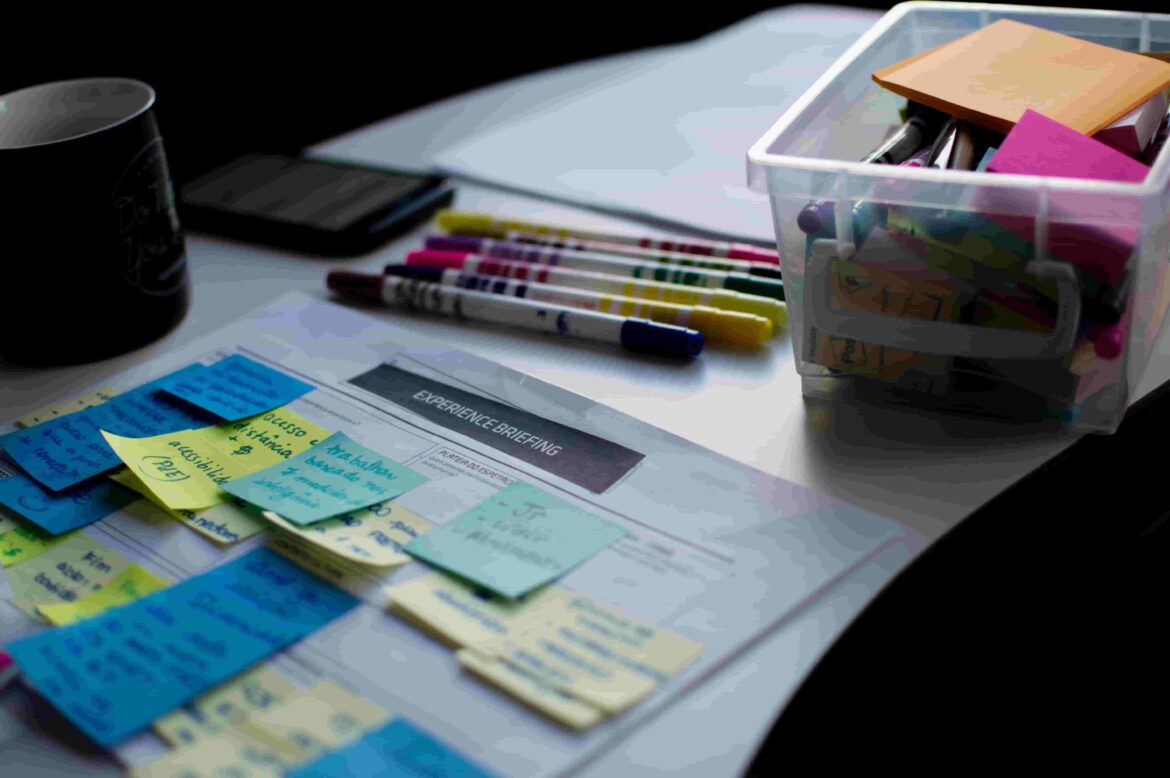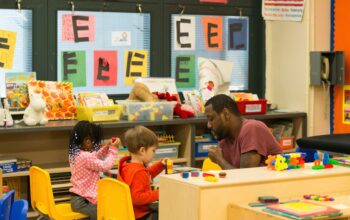A lesson planner is an essential tool for teachers to organize and plan their lessons effectively. The planner helps teachers to align their teaching objectives with the curriculum, develop lesson plans, and track their progress. A well-crafted lesson planner not only helps teachers to stay organized but also helps students to succeed in their academic pursuits. In this article, we will explore how to craft a lesson planner to help students succeed.
Identify Learning Objectives
The first step in crafting a lesson planner is to identify the learning objectives for each lesson. Learning objectives are the specific skills, knowledge, or understanding that students should gain from the lesson. By identifying the learning objectives, teachers can ensure that their lesson plans are aligned with the curriculum and help students to achieve their learning goals.
Develop Lesson Plans
The next step is to develop lesson plans for each lesson. Lesson plans should be detailed and include the learning objectives, instructional strategies, assessment strategies, and materials needed for the lesson. Teachers should also consider the needs of their students when developing lesson plans, such as their learning styles, abilities, and interests.
Include Differentiation Strategies
Differentiation strategies are essential for crafting a lesson planner to help students succeed. Differentiation refers to tailoring the instruction to meet the diverse learning needs of students. Teachers should include differentiation strategies in their lesson plans, such as providing different reading levels, using graphic organizers, and providing alternative assignments.
Integrate Technology
Technology can be a powerful tool to engage and motivate students. Teachers should consider integrating technology into their lesson plans, such as using interactive whiteboards, educational apps, and online resources. Technology can also help students to access information and collaborate with their peers.
Incorporate Assessment Strategies
Assessment is an essential aspect of teaching and learning. Teachers should include assessment strategies in their lesson plans to evaluate the effectiveness of the lesson and the progress of their students. Assessment strategies can include formative assessments, such as quizzes and exit tickets, and summative assessments, such as tests and projects.
Track Progress
Finally, teachers should track the progress of their students using the lesson planner. Tracking progress enables teachers to identify areas of strength and weakness for each student and adjust their teaching accordingly. Teachers can also use the lesson planner to reflect on their teaching practices and make improvements for future lessons.
Conclusion
In conclusion, crafting a teacher lesson planner is essential for teachers to organize and plan their lessons effectively. A well-crafted lesson planner helps teachers to align their teaching objectives with the curriculum, develop lesson plans, and track their progress. By including differentiation strategies, integrating technology, incorporating assessment strategies, and tracking progress, teachers can create a lesson planner that helps students succeed in their academic pursuits. A lesson planner not only helps teachers to stay organized but also helps to create a conducive learning environment for students to thrive.




